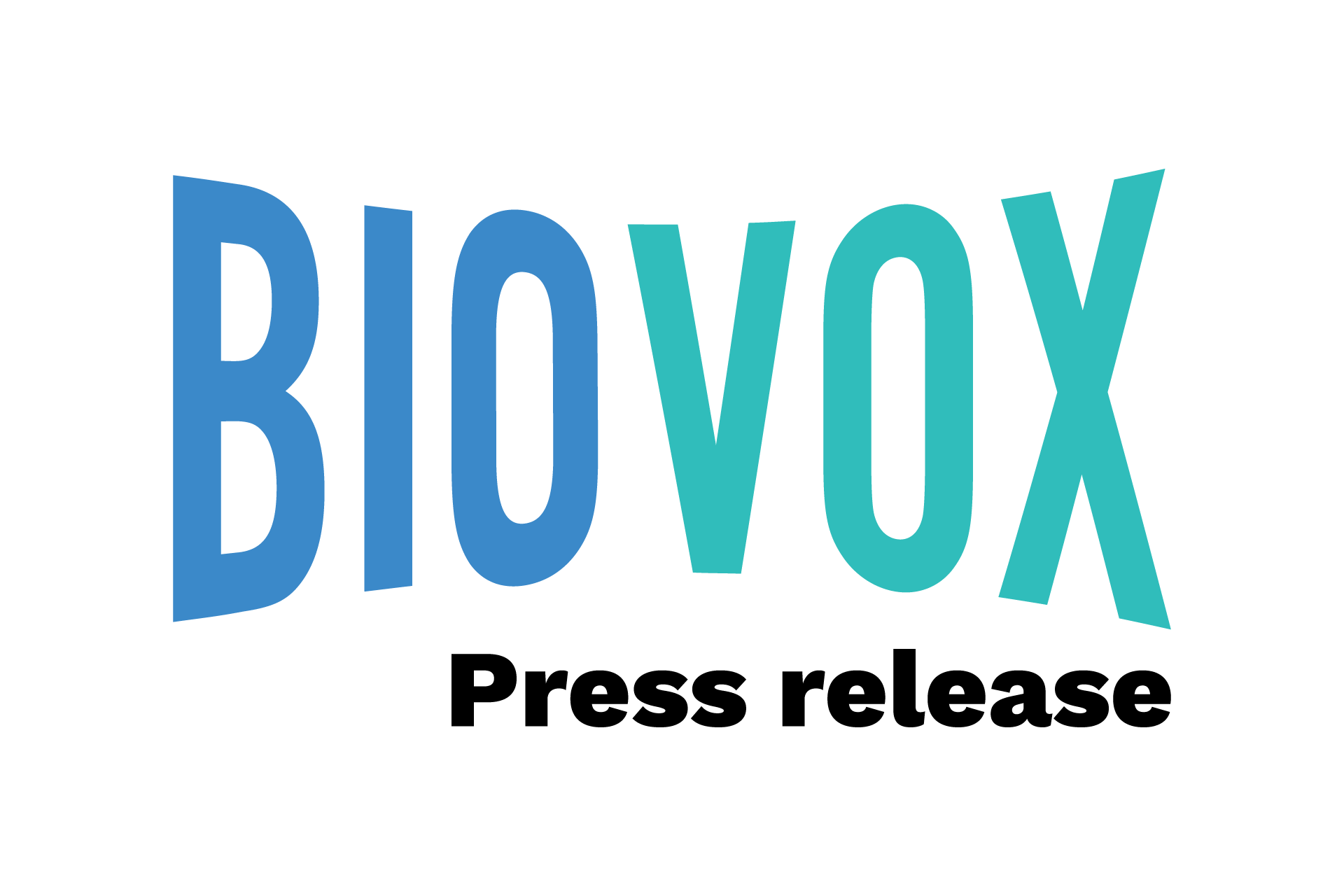A novel method developed at Ghent University (Belgium) can predict the value of Ethiopian coffee without any tasting. As baristas undoubtedly will confirm, consumers nowadays attach greater importance to the quality of their coffee. Exclusive quality coffee sorts like the Ethiopian Yirgacheffe are being sold in increasing amounts.
The coffee value is set by a trained panel that rates both taste and physical characteristics. A coffee with a score higher than 75 of 100 is eligible as specialty coffee.
After extra sensory analyses two more categories are distinguished: first-level specialty coffee (Q1; with a specialty score of minimum 85 of 100) and second-level specialty coffee (Q2; with a specialty score between 80 and 85 of 100).
Predicting the quality
“The current procedure to determine whether a coffee is a specialty coffee is subjective and time-consuming”, says Professor Pascal Boeckx (Ghent University, Belgium). “That’s why we have developed a spectrometric method allowing us to know whether a certain coffee is a quality coffee or not, without needing to taste it.”
Green coffee beans are grinded, and their chemical composition is analysed using infrared light. This composition is what makes the coffee aroma and taste. Out of this analysis comes a certain spectrum, which gives an indirect indication of the biochemical composition of the coffee. ‘Training’ these spectra by using known quality coffees allow the scientists to predict the quality of new coffee samples.
Fair price for coffee farmers
The quality level assigned to a certain coffee determines the price the farmer gets. Individual coffee farmers don’t always receive a fair price for their coffee, because they sell their coffee berries to wholesale buyers. As these buyers set the quality of the coffee berries, they gain profit in case the quality level turns out higher than the originally quality level estimated by the farmers.
“Our method allows coffee farmers to receive a fair price for their coffee in the future”, says Professor Boeckx. “Coffee farmers could quickly run a quality analysis on their green coffee beans and sell them for the correct price.”
This method has been tested in Jimma, a region in Southwestern Ethiopia. Future research is needed to make sure the method also works for other coffee producing regions.


